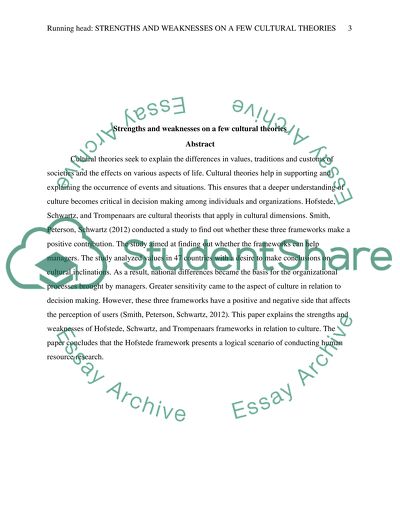Cite this document
(Strengths and Weaknesses of Cultural Theories Assignment, n.d.)
Strengths and Weaknesses of Cultural Theories Assignment. Retrieved from https://studentshare.org/sociology/1609235-strengths-and-weaknesses-on-a-few-cultural-theories
Strengths and Weaknesses of Cultural Theories Assignment. Retrieved from https://studentshare.org/sociology/1609235-strengths-and-weaknesses-on-a-few-cultural-theories
(Strengths and Weaknesses of Cultural Theories Assignment)
Strengths and Weaknesses of Cultural Theories Assignment. https://studentshare.org/sociology/1609235-strengths-and-weaknesses-on-a-few-cultural-theories.
Strengths and Weaknesses of Cultural Theories Assignment. https://studentshare.org/sociology/1609235-strengths-and-weaknesses-on-a-few-cultural-theories.
“Strengths and Weaknesses of Cultural Theories Assignment”, n.d. https://studentshare.org/sociology/1609235-strengths-and-weaknesses-on-a-few-cultural-theories.


